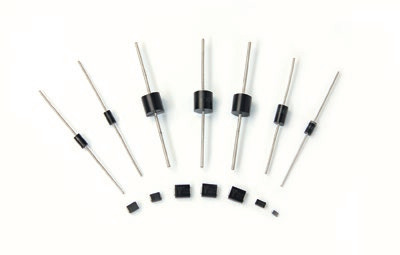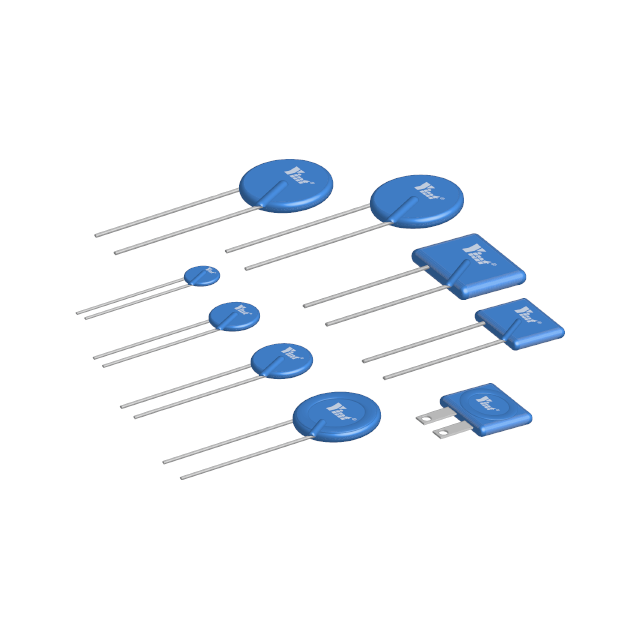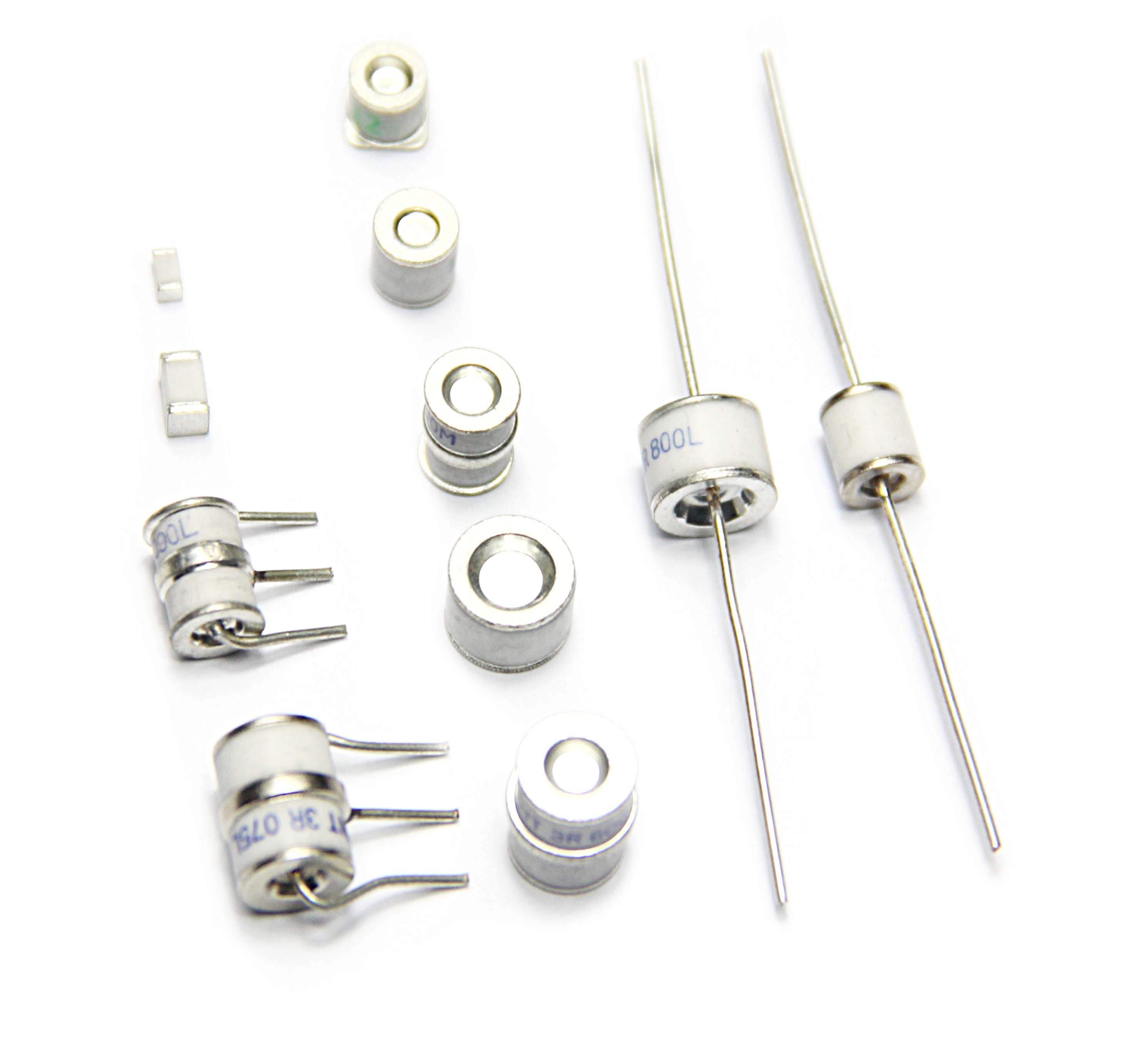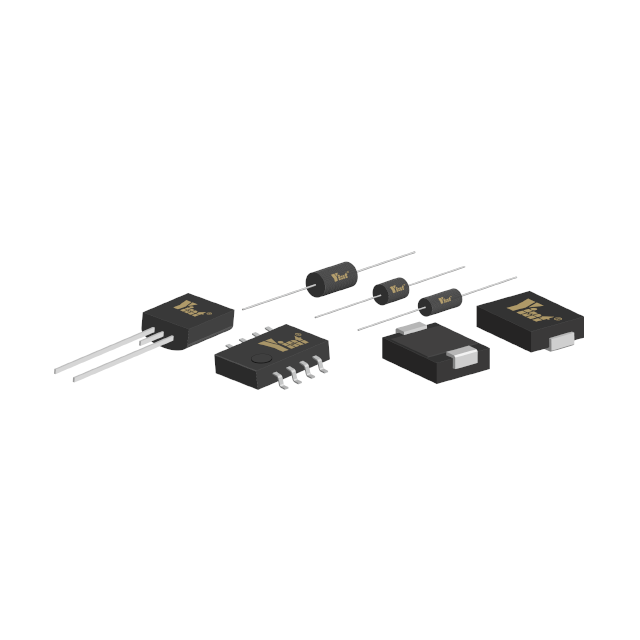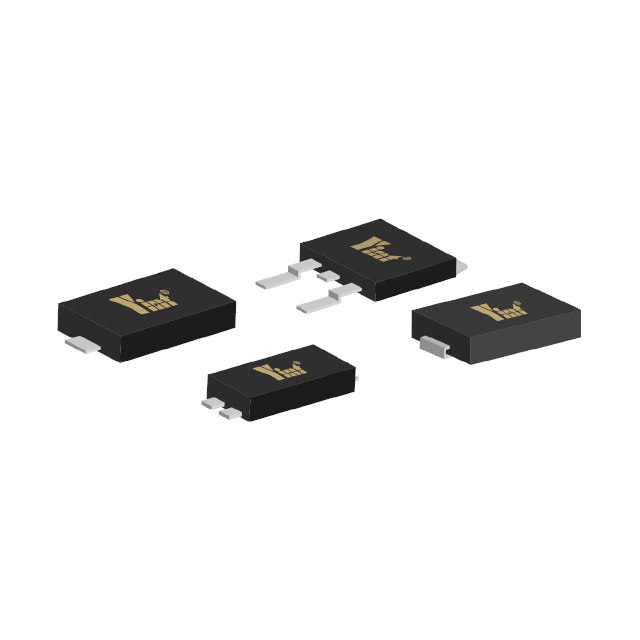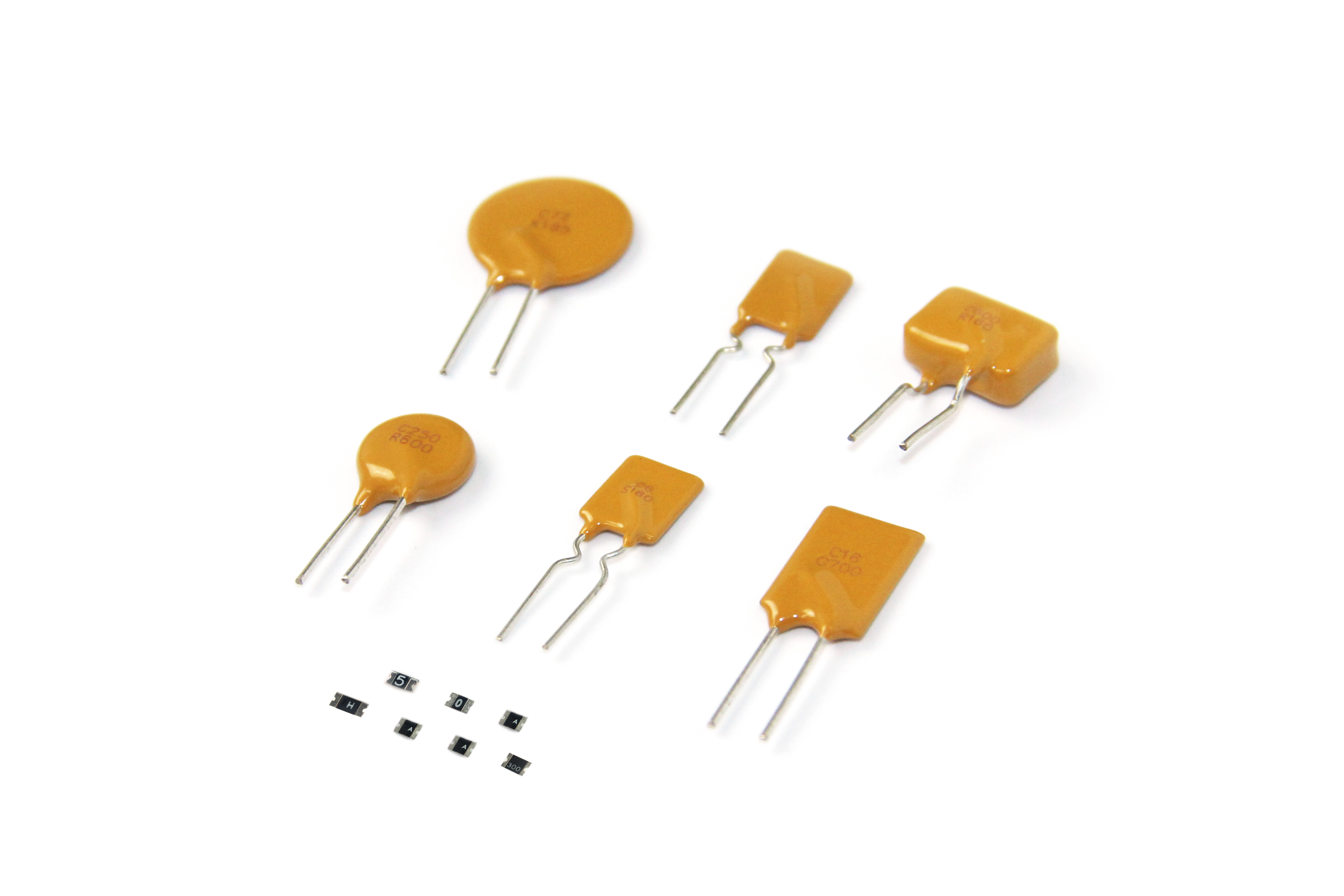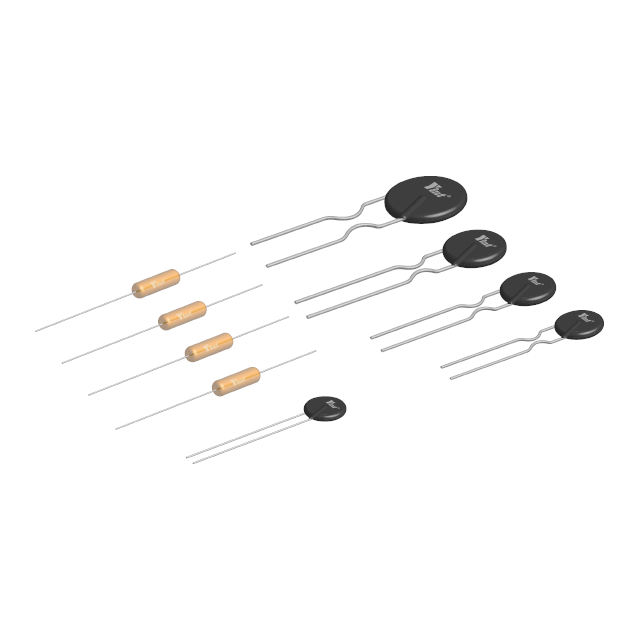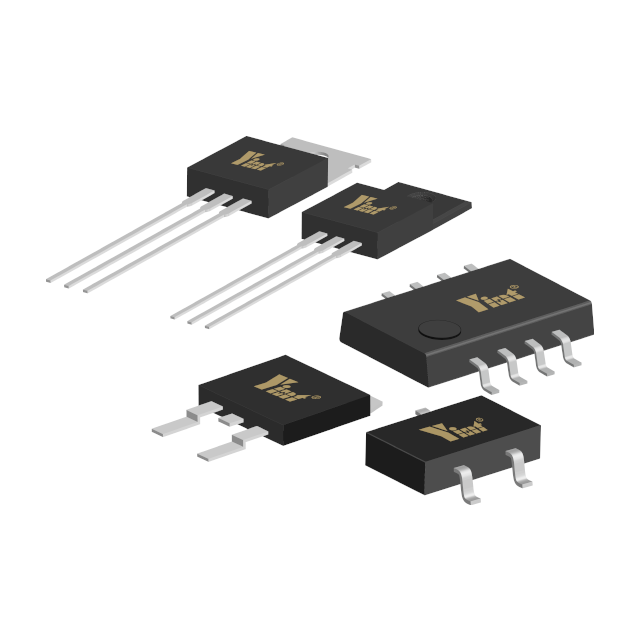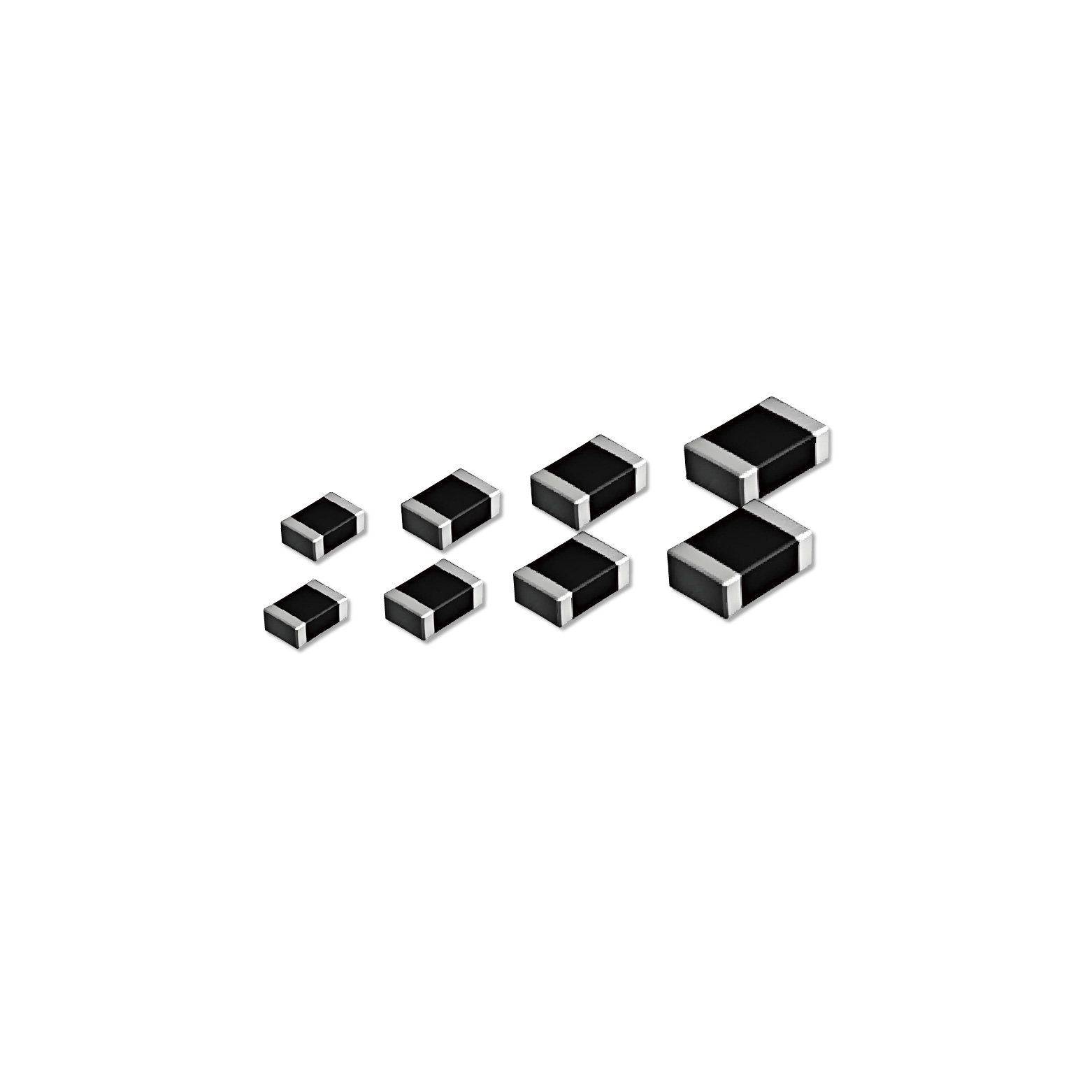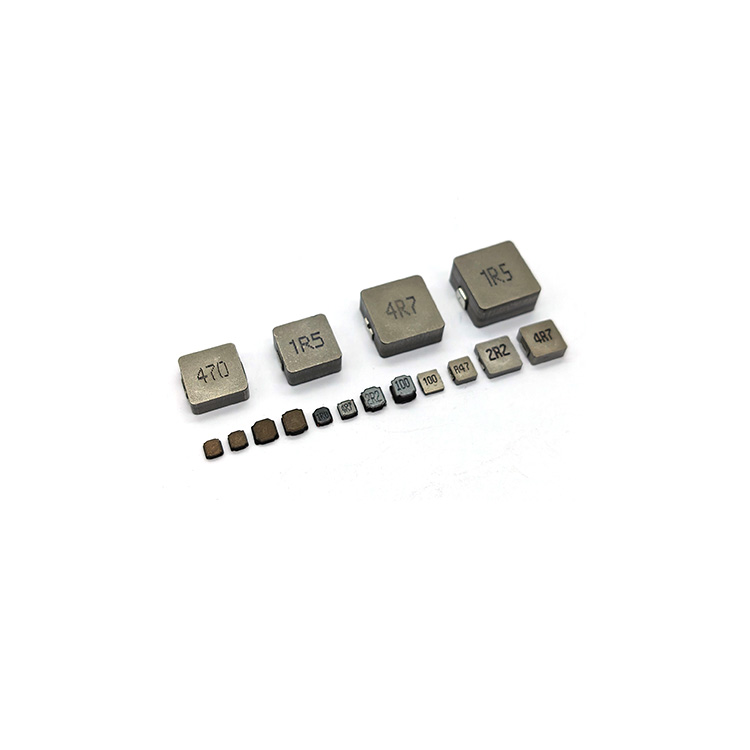Temperature sensors are essential components in modern electronic devices, playing a crucial role in monitoring and controlling thermal conditions. From household appliances like air conditioners and refrigerators to industrial systems and automotive electronics, accurate temperature measurement is vital to ensure performance, safety, and longevity. Without reliable temperature sensing, devices risk overheating, malfunction, or even permanent damage.
Among various temperature sensor types, NTC Thermistors have become one of the most widely used solutions due to their high sensitivity, compact size, and cost-effectiveness. NTC stands for Negative Temperature Coefficient, which means the resistance of these thermistors decreases as the temperature increases. This unique characteristic makes NTC Thermistors particularly suitable for precise temperature measurement, compensation, and control in a wide range of electronic applications.
By integrating NTC Thermistors into circuits, engineers and designers can achieve accurate temperature monitoring in real time, protect sensitive components from overheating, and optimize the performance of electronic devices. Their versatility and reliability make them a preferred choice in industries ranging from consumer electronics and automotive systems to industrial equipment and energy management solutions.
Understanding the working principle and R/T characteristics of NTC Thermistors is essential for selecting the right component and designing efficient thermal management systems. In the following sections, we will explore how NTC Thermistors function, their resistance-to-temperature behavior, and how their design and materials influence performance.
What is an NTC Thermistor?
An NTC Thermistor is a type of temperature sensor known for its Negative Temperature Coefficient property, meaning its electrical resistance decreases as the temperature rises. This characteristic allows NTC Thermistors to provide highly sensitive and precise temperature measurements across a wide range of applications. Made from ceramic materials composed of metal oxides, NTC Thermistors are compact, cost-effective, and capable of rapid response to temperature changes.
Key Features of NTC Thermistors:
Negative Temperature Coefficient (NTC): Resistance decreases with rising temperature.
High Sensitivity: Can detect minute temperature variations, making them ideal for precise thermal monitoring.
Compact Size: Small form factor allows integration into confined spaces in electronic circuits.
Fast Response Time: Quickly reacts to temperature fluctuations, ensuring real-time monitoring.
Cost-Effective: Inexpensive to produce and easy to replace, making them practical for mass production.
Comparison with Other Temperature Sensors:
Sensor Type | Principle | Temperature Response | Advantages | Limitations |
NTC Thermistor | Resistance decreases as temperature rises | Non-linear, high sensitivity | Compact, fast response, low cost | Limited temperature range |
PTC Thermistor | Resistance increases with temperature | Useful for overcurrent protection | Self-regulating, simple circuit integration | Slower response, less precise |
RTD (Resistance Temperature Detector) | Resistance increases with temperature | Linear response over wide range | High accuracy, stable over time | Expensive, larger size |
Thermocouple | Voltage generated by temperature difference | Wide temperature range, robust | Can measure very high temperatures, rugged | Requires reference junction, lower precision at low temps |
NTC Thermistors are particularly advantageous in applications requiring highly sensitive temperature measurement and control within moderate temperature ranges. Unlike RTDs or thermocouples, which may be bulkier or more expensive, NTC Thermistors combine accuracy, compactness, and cost-efficiency, making them a preferred choice for consumer electronics, automotive systems, and industrial devices.
By understanding the basic properties and comparing them to alternative temperature sensors, engineers can select the right type of thermistor for their specific application, ensuring optimal performance and reliability in electronic devices.
![NTC Thermistor NTC Thermistor]()
Working Principle of NTC Thermistors
The working principle of NTC (Negative Temperature Coefficient) Thermistors is rooted in their unique electrical property: their resistance decreases as the temperature rises. This inverse relationship between resistance and temperature allows NTC Thermistors to provide precise, real-time monitoring and control of thermal conditions in electronic circuits. Their ability to detect even small changes in temperature makes them indispensable components in a wide range of devices, from consumer electronics to industrial and automotive systems.
Negative Temperature Coefficient Explained
An NTC Thermistor is specifically designed so that its resistance is high at low temperatures and gradually decreases as temperature increases. This behavior is the opposite of PTC (Positive Temperature Coefficient) Thermistors, which increase their resistance when exposed to rising temperatures.
The negative temperature coefficient (NTC) property gives these thermistors several advantages:
High Sensitivity: NTC Thermistors can detect very subtle temperature fluctuations.
Fast Response: Their resistance changes almost immediately with temperature variations, enabling quick adjustments in temperature-sensitive applications.
Versatile Applications: Suitable for temperature measurement, compensation, and control, making them essential for precise thermal management.
This negative temperature coefficient characteristic makes NTC Thermistors particularly effective in protecting electronic circuits from overheating, ensuring device longevity, and maintaining optimal performance under varying thermal conditions.
R/T (Resistance-Temperature) Relationship and Curves
The relationship between resistance (R) and temperature (T) in NTC Thermistors is non-linear, typically represented by exponential or logarithmic curves. Engineers often use the Steinhart-Hart equation to describe this relationship mathematically:
![RT RT]()
Where:
T is the absolute temperature in Kelvin
R is the resistance at temperature T
A, B, C are material-specific constants determined during the manufacturing process
Graphically, the R/T curve of an NTC Thermistor demonstrates a steep decline in resistance as the temperature increases, particularly within the thermistor’s most sensitive operating range. Understanding this curve is essential for engineers and designers because it directly influences the accuracy, operational range, and application suitability of the thermistor.
By carefully analyzing the R/T curve, designers can select the appropriate NTC Thermistor for specific circuits, ensuring that devices respond correctly to temperature variations and maintain safe operating conditions. For instance, in battery management systems, a thermistor’s R/T curve helps monitor cell temperature accurately, preventing overheating or overcooling.
Material Properties and Electronic Structure Impact
NTC Thermistors are commonly made from metal oxide ceramics, including manganese, cobalt, and nickel oxides. The composition and sintering process of these ceramics play a crucial role in defining the thermistor’s:
Resistance characteristics
Temperature coefficient
Sensitivity and response time
Long-term stability and reliability
Several material factors affect performance:
Sintering temperature and duration, which influence crystal structure and electrical properties
The electronic structure of NTC Thermistors further explains their behavior: as the temperature rises, the number of free charge carriers in the ceramic material increases, which reduces electrical resistance. This phenomenon allows NTC Thermistors to respond quickly to temperature changes, providing accurate and consistent readings in real time.
Understanding the working principle, R/T characteristics, and material influences of NTC Thermistors is essential not only for selecting the correct thermistor for an application but also for designing precise temperature measurement and control circuits. Engineers who leverage this knowledge can ensure the efficiency, safety, and reliability of electronic devices across multiple industries, including automotive electronics, consumer devices, industrial machinery, and energy management systems.
Manufacturing Process of NTC Thermistors
The manufacturing process of NTC Thermistors is a critical factor that determines their accuracy, stability, and long-term reliability. From material selection to final quality control, each step ensures that the thermistor performs consistently in electronic applications.
1. Material Selection
NTC Thermistors are typically made from metal oxide ceramics, including manganese, cobalt, nickel, and sometimes copper oxides. These materials are carefully chosen for their electrical properties, thermal stability, and ability to exhibit a negative temperature coefficient. The exact composition and particle size of the oxides influence the thermistor’s resistance range, temperature coefficient, and sensitivity. High-purity raw materials are preferred to minimize impurities that could affect performance.
2. Sintering, Forming, and Packaging
Once the raw materials are selected, they are mixed into a homogeneous powder and pressed into the desired shape, often a small bead, disc, or chip. This forming process ensures uniform density, which is critical for consistent electrical properties.
Next, the shaped thermistors undergo sintering at high temperatures in controlled environments. Sintering causes the ceramic particles to bond together, creating a solid structure with predictable electrical characteristics. The sintering temperature and duration are carefully controlled, as these parameters directly affect the thermistor’s resistance and temperature coefficient.
After sintering, the thermistors are coated or encapsulated to protect them from moisture, dust, and mechanical stress. This packaging also ensures safe handling and easy integration into electronic circuits. Additionally, lead wires or terminals are attached using conductive adhesives or soldering, forming the standard connection system that allows the thermistor to be connected to measurement or control devices.
3. Finished Product Testing and Quality Control
Quality control is essential to guarantee the performance and reliability of NTC Thermistors. Each thermistor undergoes resistance testing at multiple temperatures to ensure it meets its specified R/T characteristics. Additional tests may include thermal cycling, insulation resistance, and mechanical stress testing to simulate real-world operating conditions.
By implementing strict quality control standards, manufacturers ensure that each NTC Thermistor delivers consistent performance, with minimal variation between units. This attention to detail is especially important for applications in consumer electronics, automotive systems, industrial equipment, and medical devices, where accuracy and reliability are critical.
Conclusion
Understanding the R/T (Resistance-Temperature) characteristics of NTC Thermistors is crucial for designing reliable, high-performance electronic systems. Properly selecting thermistors based on their R/T curve, material, and operational range ensures accurate temperature measurement, effective thermal management, and circuit protection. For engineers and designers seeking high-quality NTC Thermistors and expert guidance on integration, Yint Electronic offers reliable solutions and technical support to meet diverse application needs. Contact their team to explore the right thermistor for your projects.

